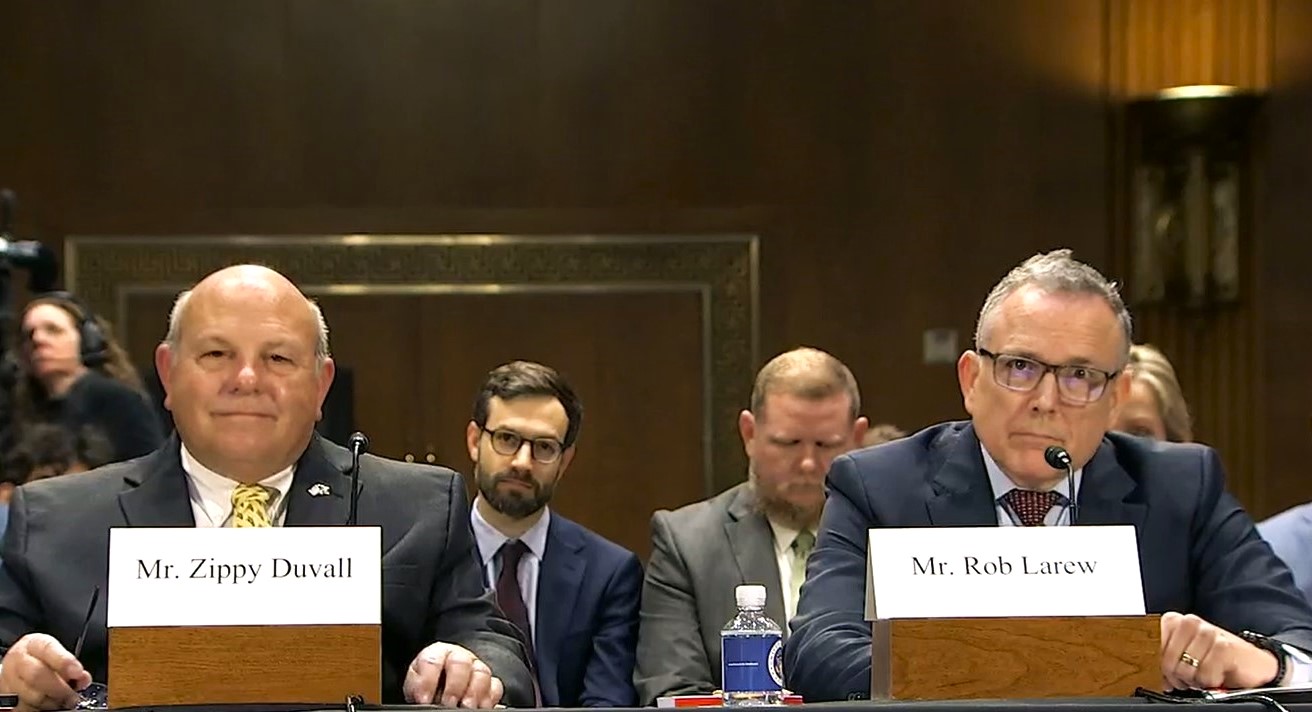WASHINGTON, D.C. – U.S. consumer demand for retail meat remains exceptionally strong despite higher prices stemming from increased production costs and supply chain limitations. However, once the full effects of producer price inflation finally hit retail meat cases, consumer demand for meat will be tested again, according to a new report from CoBank’s Knowledge Exchange.
“Retail meat prices will remain elevated throughout 2022,” said Brian Earnest, lead animal protein economist with CoBank. “The sharply higher costs for feed, energy and labor have yet to fully impact wholesale and retail meat prices, but that will soon change. And as consumers notice their dollar is not going as far as it used to, they may trade down at the meat case, with chicken being the primary beneficiary.”
With combined cutout values of beef, pork and chicken climbing 22% year-over-year for the first quarter of 2022, consumers are all but certain to see higher prices in the meat case.
Beef consumption has not yet declined in the face of higher prices. But as overall inflation takes a bite of consumers’ purchasing power, we may finally see a significant change in their willingness to pay for red meat, added Earnest. If that turns out to be the case, the U.S. broiler industry may yet again be well positioned for modest growth and strong margins.
Shifting consumer purchasing patterns and market uncertainties stemming from the pandemic have been the primary drivers of higher and more volatile meat prices. But supply challenges have also played a role. The temporary closure of beef and pork plants in 2020 led to backups in fed cattle supplies that still linger today.
The nation’s beef cattle inventory remains in decline, due in part to the ongoing drought conditions in the Western U.S. and modest feeder calf prices. The combined cow and replacement heifer inventory has dropped by 12% since 2017. Likewise, the nation’s sow herd is contracting and is down nearly 6% over the past three years, primarily due to losses sustained in 2018-19. USDA is forecasting a 2% decline in U.S. beef and pork production in 2022.
Price volatility across the animal protein sector has become a daily headache for procurement teams to manage. While prices started 2022 in post-holiday doldrums, wholesale values were still elevated compared with pre-pandemic levels. Volatility in wholesale markets remains an obstacle for promotional planning.
Increased volatility in spot markets and supply instability handcuffed retail marketing of proteins during the 2020 grilling season. Featuring activity rebounded substantially in 2021 as grocers sought to hold onto the sales they gained during the pandemic. For retailers in 2022, a flight to safety from higher meat prices may be to feature value items like ground beef, hot dogs and sausage items.
As grilling season enters full swing, it is likely that retail meat departments’ focus will shift to profit margin over volume sales this year, meaning we will see increased creativity in the meat case. Rather than vying for consumer dollars through aggressive price points, “no price” features will be an attractive solution.
Read the report, Consumers to Take on Higher Prices in the Meat Case This Summer













